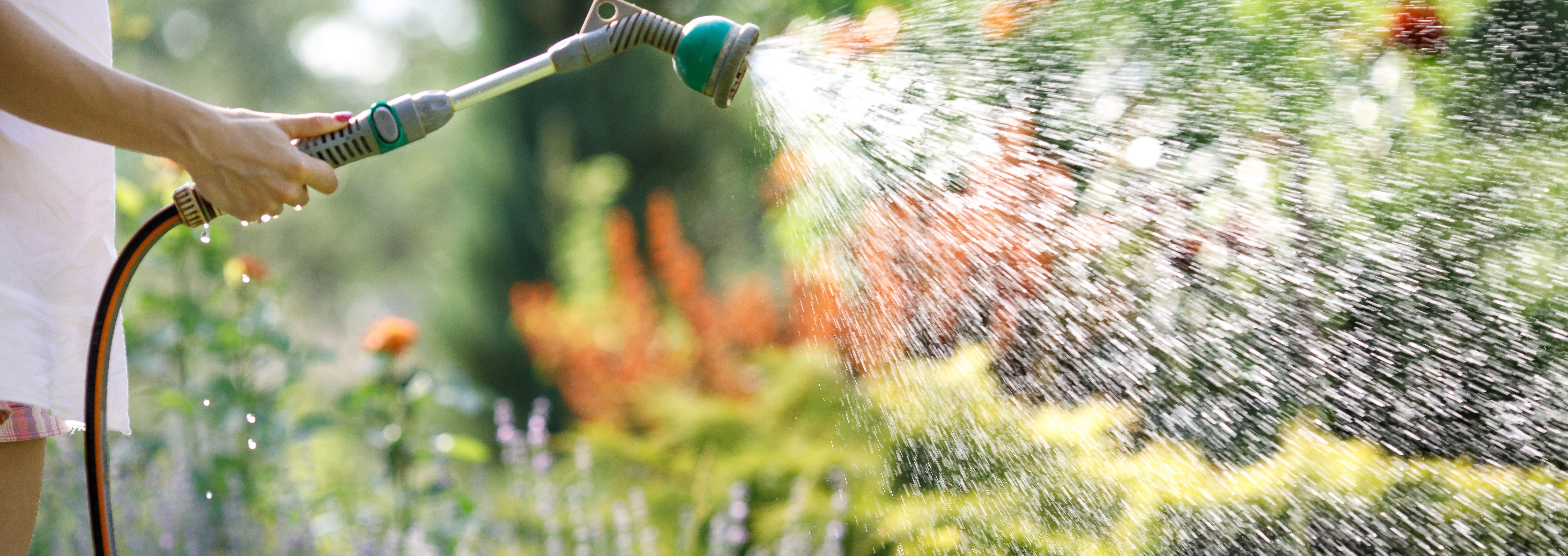Summer is here and for many it means paddling pools, long evenings and water fights. But Legionnaires’ disease could soon ruin a holiday for those unaware of its hidden danger. Kevin Wellman, CEO of the Chartered Institute of Plumbing and Heating Engineering (CIPHE) gives his top tips for how to avoid this potentially deadly infection so you and your family can safely splash about in the sun.
With warmer days and more sunshine, nobody wants to wind up falling ill. Worse still would be a family member catching a preventable illness. While the risks presented by legionella are relatively minor for healthy adults, for children or anyone with a compromised immune system it can lead to headaches, muscle pains, coughing and fever after breathing in the bacteria. And, in severe cases, the disease can be deadly. That’s why it’s so important to avoid exposure where possible. So, what do we need to know in order to stay safe?
Firstly, it’s important to understand that legionella – the bacteria that causes Legionnaires’ disease – thrives in stagnant water between 20-45°C, so it’s vital to drain any that’s been sat in a warm environment for some time. Think garages, greenhouses, water butts, or outdoor storage boxes in direct sunlight.
Emptying your garden hose after each use is a crucial step in avoiding legionella. The water left inside the hosepipe can become a breeding ground for the bacteria as it sits in the warm sunshine. Subsequent use of the hose can then mean the bacteria travels via tiny water droplets where it can then be inhaled by anyone nearby. The risks are particularly high for those with compromised immunity – even when the hose is used regularly to fill paddling pools, clean bicycles or water plants in the evening, it should be drained after every use.
Another top tip is to make sure legionella isn’t thriving in your hot tub. These have grown in popularity over recent years, so it’s vital that homeowners understand how to run them safely, especially because they can be ideal incubators for legionella. When left for any length of time, the risk of legionella infection increases significantly. But fortunately, there is a relatively simple way to stop this from happening.
If you own a hot tub, always make sure it’s been dosed with the right chemicals at the correct levels before switching it on. Chlorine and bromine are the most common. This will keep the risk to a minimum. And if you’re visiting somewhere with a hot tub, it’s always best to check with the owner when it was last treated so you can be sure that water-borne illnesses won’t get in the way of your relaxation.
These are quick checks that could be the difference between a fun summer break and weeks spent dealing with a potentially serious disease. At the CIPHE, we want to see water used wisely and for everyone to have a happy and healthy summer. Before turning on the tub or the outdoor tap, remember to think about the hidden risks that could be present in your water supply. It only takes five minutes, then you can get back to enjoying your summer break with peace of mind.

